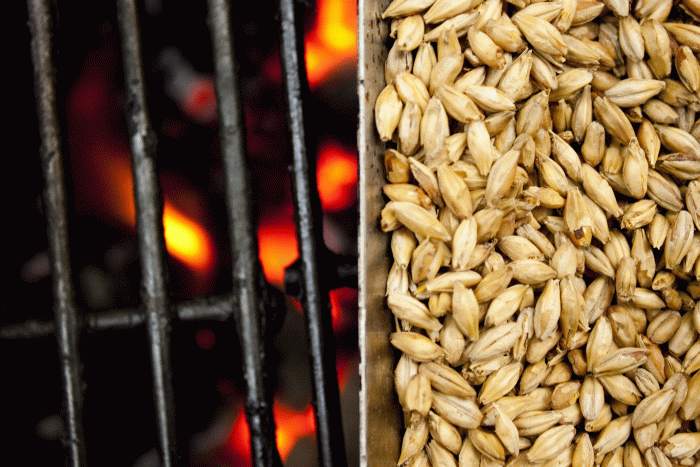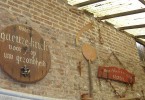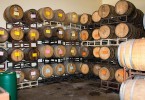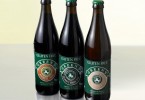The secret of the smoked bees is smoked malt
One of the most characteristic beers in the world is for sure smoked beer (also called Rauchbier). As we can understand from the name, its main characteristics are the unique perfume and taste that can be defined also as “a juice of speck”. No hopped and fruity aromas, but a clear beer, with a long-lasting foam and a amber-dark brown colour. The secret is the smoked malt that is made thanks to the smoke created from the combustion of the wood, slow and without direct flame. There are two types of smoked malt, pretty different between them: peated malt, really smoked and characteristic, which aromas remind the cinder and the smoke. Pay attention to use it carefully to not ruin the entire batch! The second type is called rauch (smoked) characterized by sweeter and more delicate aromas, thus you can use it without worries. The percentage of smoked malt is essential to produce a good smoked beer: if the smoked malt is used between 10-15% of the recipe, the beer would be slightly smoked; around the 30% the smoked taste will be stronger but not predominant, whereas a dose of smoked malt above 50% can give strong aromas of smoke and speck, typical of Rauchbier.
Another important thing is the quality of the water used: it is well known that it is needed to limit the levels of chlorine in the water, in particular, during the production of smoked beer is better to pay particular attention to it because if the chlorine comes into contact with phenols (abundant in smoked malt) they can produce unpleasant aromatic substances.
Historical outlines
The weirdest thing is that the entire production of beer up to ‘800 was smoked; in fact the wheat was preserved through a drying process. The first were the Babylon’s and after them, the German tribes perfected the technique.
Other versions tells that one day a brewery burned, smoking all the beer already produced and given that the brew master wouldn’t lost money, decided to sell that beer that people liked.
Today, the modern technologies and the use of ovens give to the malt more neutral aromas as it is treated industrially to produce this type of smoked beer. The only exception is those producers that follow carefully the tradition malting through direct flame.
The most famous smoked beers
Rauchbier is the smoked beer par excellence with any doubt. It is produced in Bamberga, a picturesque town in Franconia, which historical centre is such a marvel that UNESCO has declared it world heritage. The most famous producer of Rauchbier in the world lives here: its name is Schlenkerla that produced a beer called Marzen. It is a smoked beer with strong aromas or smoked provola and speck. This is a brewery that follow carefully the traditional recipe: malt is smoked through a metal net under which a fire is placed, thanks to the net the smoke can pass through creating smoked malt. Usually, logs of beech are burned in the fire, better if they have been aged for at least three years, coming from the area of Giura Franco-Sveva.
Italy boasts several producers of this type of beer such as Birrificio del Ducato with its Wedding Rauch, or Beer In produces Rata Vuloira but also J-fumè by Teddybeer or the Tosco by BiRen.
However, smoked beers are produced all over the world from Germany to California, we would introduce them briefly:
• Lichtenhainer: typical German beer with a smoked and sour taste and a reduce alcoholic volume.
• Grodziskie: it comes from the polish city of Grodizk with 100% of smoked malt.
• Smoked (Baltic) Porter: native from Baltic countries, really appreciated in United States where some breweries produce it such as Great Divide, Left Hand, Captain Lawrence. In Italy this beer is produced by Toccalmatto and Birrificio del ducato with the Smokin’ Joe.
• The most particular one is the Olvisholt Brugghus Smoke Imperial Stout sold only in Sweden and it is characterized by perfumes of bitter smoked cocoa and roasted malt.








